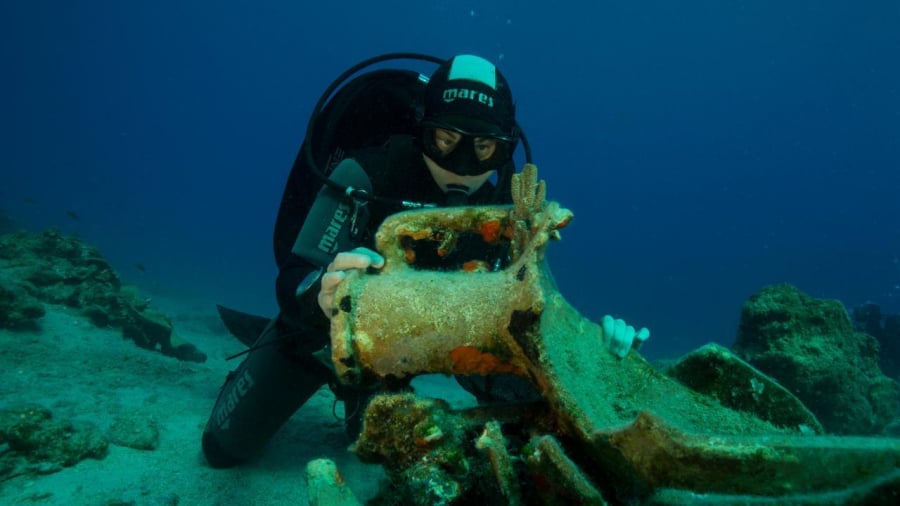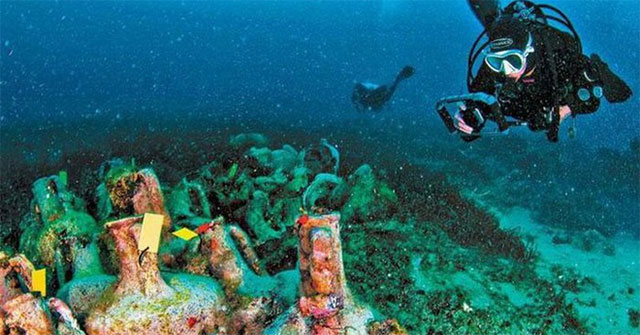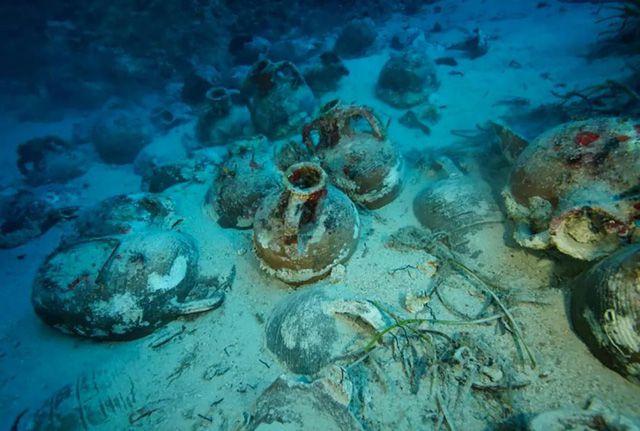Divers Find 2,000-Year-Old Shipwreck Graveyard Near Tiny Greek Island!
In a remarkable and ongoing series of discoveries, archaeologists and divers have indeed found what could be described as a 2,000-year-old “shipwreck graveyard” near a tiny Greek island. This significant find is centered around the island complex of Fourni, a small archipelago in the eastern Aegean Sea. The discovery is not a single, isolated wreck, but a dense cluster of over 20 shipwrecks, with more being found each year, making it one of the largest ancient shipwreck graveyards ever discovered in the Mediterranean.

The find was made by a team of Greek and American archaeologists from the Greek Ephorate of Underwater Antiquities and the RPM Nautical Foundation. The wrecks span a vast period, from the Archaic period (c. 700 BCE) to the late medieval period (c. 16th century CE), with a significant concentration from the Roman era around 2,000 years ago. Each shipwreck tells a different story about the ancient maritime trade routes that connected the Greek mainland to the major economic hubs of the eastern Mediterranean, including the Black Sea, Cyprus, and Egypt.

Among the artifacts recovered from these wrecks are a diverse collection of amphorae, pottery, and other cargo, which provide invaluable clues about the goods that were being traded—from wine and olive oil to raw materials. The sheer number of wrecks in such a small, concentrated area suggests that the Fourni archipelago was a perilous, yet heavily trafficked, part of the ancient world. The ongoing exploration of this “graveyard” is shedding new light on the scale and complexity of ancient sea-borne commerce, effectively rewriting our understanding of the economic life of the ancient Mediterranean.
